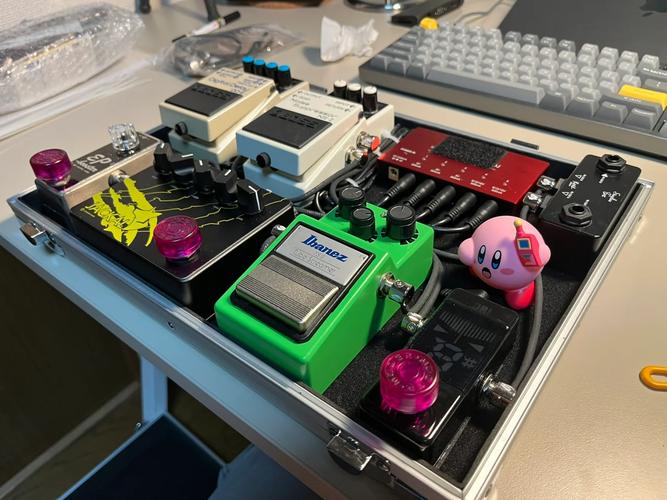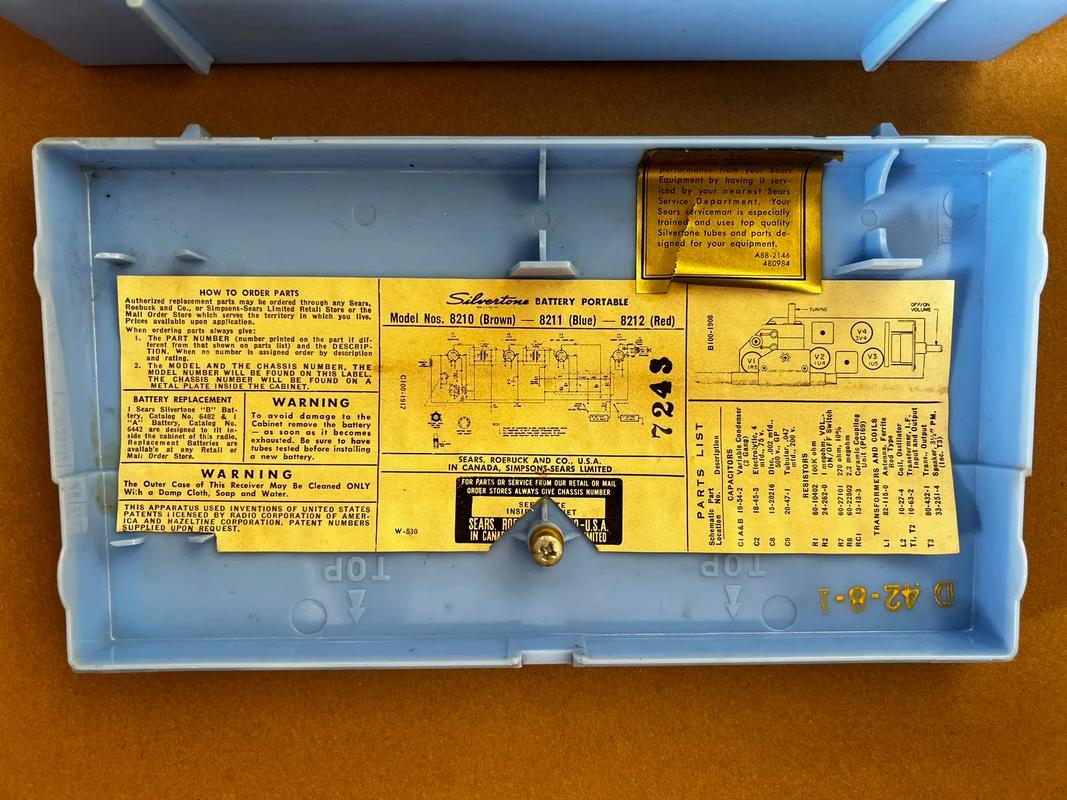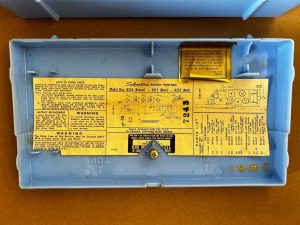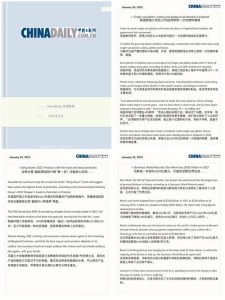Pure Tone Audiometry: A Comprehensive Guide for Understanding Hearing Tests
Pure tone audiometry is a fundamental hearing test that plays a crucial role in diagnosing various auditory disorders. By measuring your ability to hear different frequencies of sound, this test provides valuable insights into your hearing health. In this detailed guide, we will explore the meaning of pure tone audiometry, its importance, how it is conducted, and its implications for your hearing care.
What is Pure Tone Audiometry?
Pure tone audiometry is a diagnostic test used to assess your hearing ability. It involves presenting you with a series of pure tones, which are single frequencies of sound, and measuring your response to these tones. The test is conducted in a soundproof booth to minimize external noise interference.

Why is Pure Tone Audiometry Important?
Pure tone audiometry is essential for several reasons:
-
Diagnosis of hearing loss: The test helps identify the type and degree of hearing loss you may have, whether it is conductive, sensorineural, or mixed.
-
Assessment of hearing sensitivity: It provides a detailed analysis of your hearing sensitivity across different frequencies, helping to determine the most suitable hearing aid or treatment options.
-
Monitoring hearing loss progression: Regular pure tone audiometry tests can help track the progression of hearing loss over time, allowing for timely intervention and management.

-
Assessment of tinnitus: The test can help determine the presence and characteristics of tinnitus, a ringing or buzzing sound in the ears.
How is Pure Tone Audiometry Conducted?
Pure tone audiometry is typically conducted in the following steps:
-
Preparation: You will be asked to sit in a soundproof booth and wear headphones. The audiologist will explain the test process and answer any questions you may have.
-
Threshold determination: The audiologist will present you with a series of pure tones at different frequencies and intensities. You will be asked to indicate when you hear the sound, usually by pressing a button or raising your hand.
-
Graphical representation: The results of the test are plotted on an audiogram, a graph that shows your hearing sensitivity at various frequencies.
-
Interpretation: The audiologist will analyze the audiogram and discuss the findings with you, providing recommendations for treatment or further evaluation if necessary.
Understanding the Audiogram
The audiogram is a crucial component of the pure tone audiometry test. It provides a visual representation of your hearing sensitivity at different frequencies. Here’s how to interpret the audiogram:




